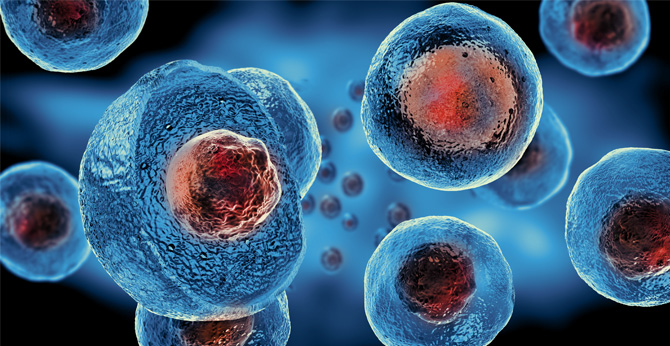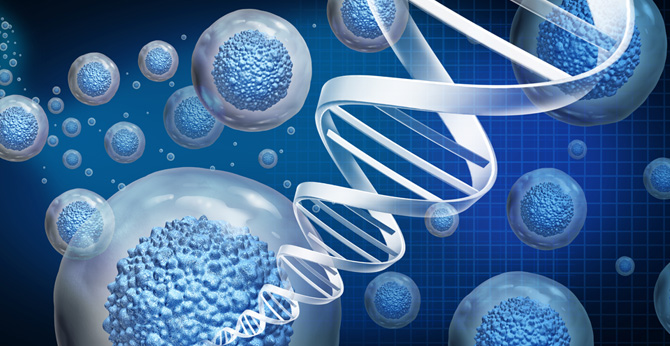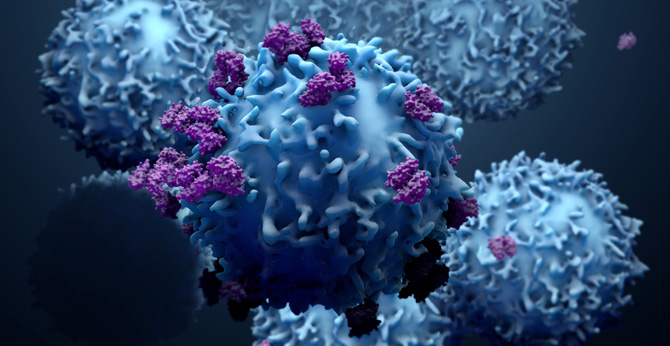All products and services are For Research Use Only and CANNOT be used in the treatment or diagnosis of disease.
The vector of anti-DR5 chimeric antigen receptor (CAR) is constructed for the engineering of T cells to target Human DR5. The T cells are genetically modified through transduction with a lentiviral vector expressing scFv of anti-DR5 antibody linked to 4-1BB and CD3ζ signaling domains. And the vector product was designed for the treatment of Breast cancer.
|
CAR Construction :
Fig.1 Flow cytometry results of KMTR2 and its mutant (LkN53R) to TRAIL-R2. Antibody concentrations are 100ng/mL (upper) and 1000ng/mL (lower). X-axis indicates R-phycoerythrin (RPE) fuorescence signal intensity. Tamada, T., Shinmi, D., Ikeda, M., Yonezawa, Y., Kataoka, S., Kuroki, R., ... & Motoki, K. (2015). TRAIL-R2 superoligomerization induced by human monoclonal agonistic antibody KMTR2. Scientific Reports, 5(1), 1-12. |
|
CAR Construction :
Fig.2 Binding activities of KMTR2 and its mutant (LkN53R) to TRAIL-R2. Data for KMTR2 and the LkN53R mutant are shown as solid and dashed lines, respectively. Tamada, T., Shinmi, D., Ikeda, M., Yonezawa, Y., Kataoka, S., Kuroki, R., ... & Motoki, K. (2015). TRAIL-R2 superoligomerization induced by human monoclonal agonistic antibody KMTR2. Scientific Reports, 5(1), 1-12. |
|
CAR Construction :
Fig.3 ApoEVs isolated from DR5-WT OVCAR-3cells (KMTR2treated) were added on to DR5-KO (MDA-MB-231) cells for indicated times (24–96h) to analyze PD-L1transfer kinetics from ApoEV. All measurements were performed in triplicate. Mondal, T., Shivange, G. N., Tihagam, R. G., Lyerly, E., Battista, M., Talwar, D., ... & Tushir‐Singh, J. (2021). Unexpected PD‐L1 immune evasion mechanism in TNBC, ovarian, and other solid tumors by DR5 agonist antibodies. EMBO Molecular Medicine, 13(3), e12716. |
|
CAR Construction :
Fig.4 PD-L1 surface histogram from DR5-KO cells after treatment (24h) with ApoEVs isolated from DR5-sensitive cells after either Lexa or KMTR2 treatment. All measurements were performed in triplicate. Mondal, T., Shivange, G. N., Tihagam, R. G., Lyerly, E., Battista, M., Talwar, D., ... & Tushir‐Singh, J. (2021). Unexpected PD‐L1 immune evasion mechanism in TNBC, ovarian, and other solid tumors by DR5 agonist antibodies. EMBO Molecular Medicine, 13(3), e12716. |
More Published Data More Published Data
There are currently no customer reviews or questions for Anti-DR5 (KMTR2) h(4-1BB-CD3ζ) CAR, pCDCAR1 (CAR-ZP10160). Click the button below to contact us or submit your feedback about this product.
For research use only. Not intended for any clinical use. No products from Creative Biolabs may be resold, modified for resale or used to manufacture commercial products without prior written approval from Creative Biolabs.
For any technical issues or product/service related questions, please leave your information below. Our team will contact you soon.
 NEWSLETTER
NEWSLETTER
The latest newsletter to introduce the latest breaking information, our site updates, field and other scientific news, important events, and insights from industry leaders
LEARN MORE NEWSLETTER NEW SOLUTION
NEW SOLUTION
CellRapeutics™ In Vivo Cell Engineering: One-stop in vivo T/B/NK cell and macrophage engineering services covering vectors construction to function verification.
LEARN MORE SOLUTION NOVEL TECHNOLOGY
NOVEL TECHNOLOGY
Silence™ CAR-T Cell: A novel platform to enhance CAR-T cell immunotherapy by combining RNAi technology to suppress genes that may impede CAR functionality.
LEARN MORE NOVEL TECHNOLOGY NEW SOLUTION
NEW SOLUTION
Canine CAR-T Therapy Development: From early target discovery, CAR design and construction, cell culture, and transfection, to in vitro and in vivo function validation.
LEARN MORE SOLUTION